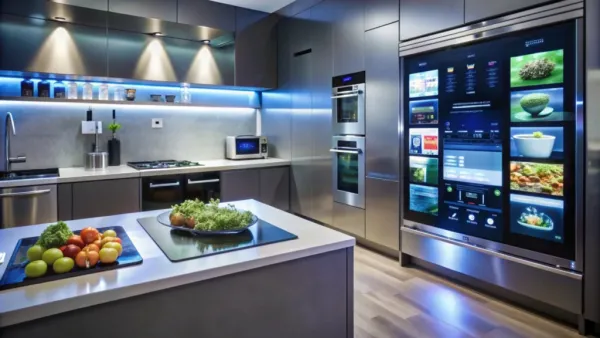
Highlights
- India has seen in earnest the arrival of AI-Powered kitchen appliances, not as fairy-tale robotic chefs but as more intelligent appliances lowering friction in routine operations.
- Today’s sweet spot for most homes is a hybrid solution: for instance, a guided multicooker that can be programmed to handle the difficult aspects while human hands remain in control.
- When selecting a model, it is worth considering its functional specifications, service coverage, and offline capabilities.
The Indian kitchen is getting smart. In the last year alone, a new crop of AI-based appliances, ranging from guided multicookers to automated induction cooktops and app-enabled grinders, has transitioned from concept to store shelves in India. These gadgets promise to deliver more uniform outcomes, easier meal planning, and capabilities that claim to save time, oil, and mental effort.
What’s coming, and who’s delivering it
A definite indication of transformation is the introduction of specifically designed, AI-first cooking devices for Indian homes. One of the most impressive is Upliance 2.0, which combines sensors, an onboard weighing scale, and an AI processor called UpAI to enable features such as low-oil and high-protein cooking modes, a glass lid with virtual flame indicators, and a database of over 750 guided recipes. The company mentions faster heating times, offline control via its app, and new self-clean and macro-tracking capabilities.
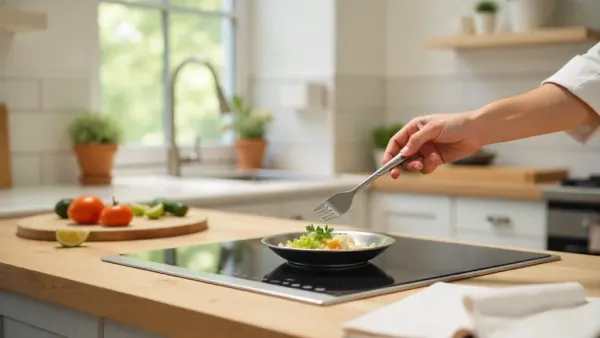
General-purpose appliance firms have also started repurposing products with smarter electronics and software: firms like TTK Prestige are marketing multi-function electric cookers and “smart cook” variations with electronic controls and pre-programmed Indian menus. These are not entirely autonomous AI chefs, but they incorporate programmable cycles, timers, and energy-saving modes into standard pressure-cooker designs.
Smaller niche players, such as Klynk, are selling induction-based systems characterized as AI-powered automatic rice-and-curry makers that regulate step sequences and employ closed-loop temperature control to manage one-pot meals from boil to simmer to keep-warm. What “AI” actually is in the kitchen
When the word “AI” appears on a package, it likely indicates a combination of sensors, pre-set recipe logic, and software that adjusts cooking parameters based on measured conditions.
There can be sensor-based feedback in the form of temperature, weight, or moisture information; recipe databases provide cook curves and step sequences; and there are apps that orchestrate those steps. In devices like Upliance, UpAI monitors ingredient weight and cooking stage and modifies heat and stir cycles -basically mimicking the close monitoring a cook would give a pan.
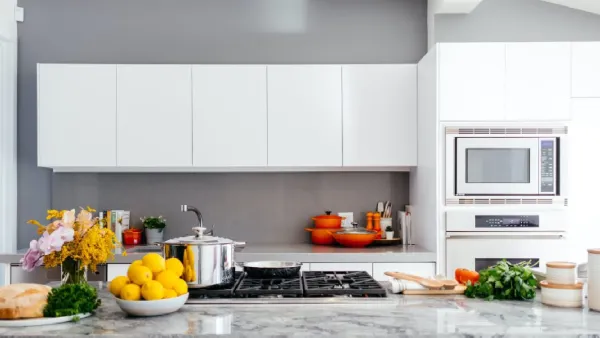
The real-world payoff is fewer burnt bottoms and more consistent textures, which is convenient for dosas, dals, and long-cooked gravies. For induction stoves and multicookers, automation centers on sensor-induced or timing-profile transitions, e.g., from low-simmer to high-heat saute without user intervention. Grinders and mixer-grinders have seen less restricted “smart” improvement: overload protection and motor diagnosis, and app-scheduled recipes are becoming common, but motor power and blade quality – typically 750–1000W for heavy usage – remain the most important hardware considerations. Practically AI in cooking will benefit Indian users.
Convenience and Repeatability.
Pressure cookers that simplify a lot of the guesswork involved in cooking legumes and timed pressure meats assist immensely. Multicookers with step-by-step guidance guide less experienced cooks through traditional local dishes, increasing the likelihood of success on the first try.
Sequenced programming in induction ranges makes multi-step recipes such as biryani and khichdi easy to prepare. Integrated weight and macro estimates make portion scaling and basic nutrition tracking easier for families who would like to monitor their diet. Safety devices such as automatic turn-off, pressure gauges, and child safety locks are beautiful for apartment dwellers and hectic homes. Manufacturers also claim energy and oil savings through faster heating up and improved cycles, which can be crucial in smaller kitchens and for customers concerned about bills and resource conservation. Trade-offs and important caveats
These devices are not smart chefs
The majority of “AI” features are rule-based routines and not adaptive machine-learning algorithms that truly understand taste. Use of companion apps is a pragmatic issue: if a device relies ever more on cloud services, its underlying capability can weaken if the manufacturer drops server support or software updates. Offline operation is therefore an important consideration.
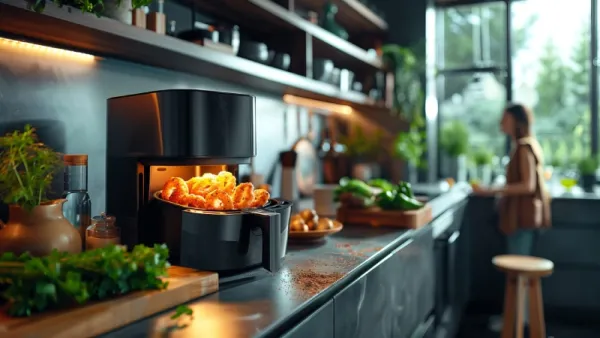
Privacy is also a concern with appliances that have cameras, voice commands, or cloud-enabled meal tracking features. Consumers must read privacy policies to understand what data is gathered, how long it will be stored, and whether it will be shared. Repairability and serviceability are equally important: a defective control board on an inexpensive startup can be more challenging and expensive to repair than a faulty mechanical part on a mass-market model with an established service infrastructure. How to think about buying one
Functional utility
For most Indian families, a programmable or assisted multicooker smart pressure cooker with real Indian settings and safe features will offer the most practical benefits. It is reasonable to try out app functions in the store or through demonstrations to see if essential recipes are available and if override is an option.
After-sales service is valued locally; long-established Indian companies or businesses with national service networks tend to be easier to service and repair. For mixers and grinders, construction quality – e.g., a robust motor (typically 750–1000 W for heavy-duty usage) and durable stainless steel bowls – should take precedence over flashy “AI” advertising. Finally, customers must ask questions about software lifespan and if essential features work while offline, in case cloud services are discontinued.
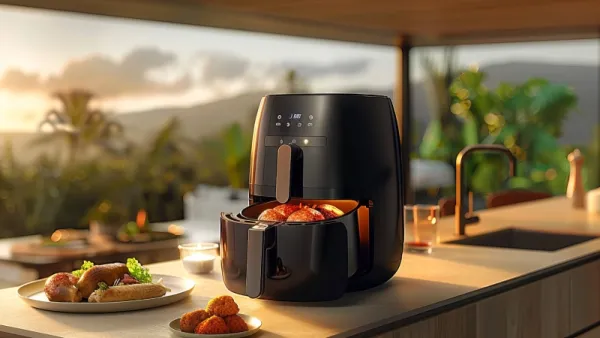
The path forward for AI-driven kitchen appliances in India is towards more seamless integration, more intelligent sensors, and wider compatibility with existing smart-home platforms.
Future appliances will likely include AI cooking technology with enhanced food-recognition sensors, offline smart appliances with main cooking capabilities, and richer recipe localization tailored to local tastes.
For consumers and home cooks, that translates to future generations of appliances becoming less about gimmicks and more about truly saving time, energy, and effort – as long as manufacturers maintain strong service networks and software commitments are clear. Technology is promising; careful selection—double-checking true features, guarantee terms, and service outlets – will ensure these new machines become dear friends in everyday cooking and not passing fancies.
-
18 people died in a bus buried under debris in Bilaspur, rescue operation intensified amid rain – Obnews

-
Kids India 2025: Mumbai to host India’s leading toy fair this October (Check details)

-
Have you tasted the taste of tandoori stuffed potatoes, then know the easy way to make it in dhaba style in a pan.
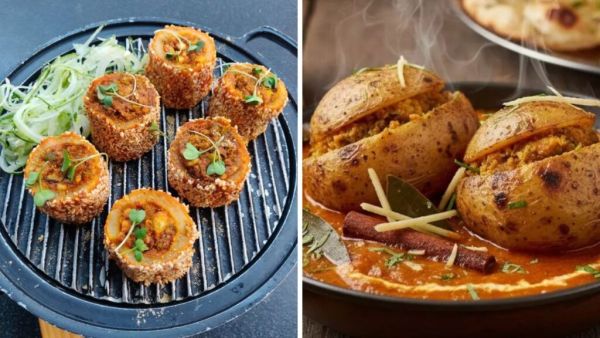
-
To bring prosperity and prosperity in the house, adopt these easy Vastu tips before Diwali

-
21st installment of PM Kisan released! Know when Rs 2,000 will come to your account
